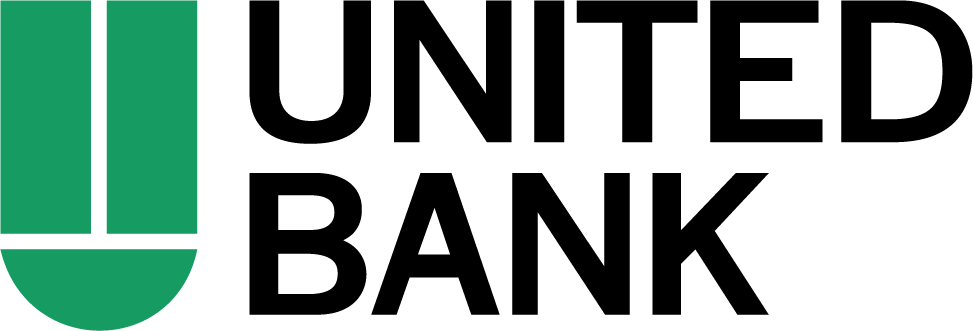Student loans offer college students access to the money they need to pursue their degrees, typically with substantially lower interest rates than those available for typical consumer loans. Often, the payback requirements for these types of loans are deferred until after the student has completed school.
Student loans are intended to bridge the gap between scholarships, financial aid, and the amount of tuition you can pay out of pocket.
In the U.S., there are two primary types of student loans — U.S. government-sponsored federal loans and private student loans, which are offered by private-sector financial institutions. Because they typically offer much lower interest rates and defer interest charges and payment requirements, federal loans are generally a much more appealing option for students than private loans. A great place to start your search for federal student loans is the studentaid.gov website administered by the U.S. Department of Education.
Roughly 64% of students graduate with student loan debt, indicating how simply necessary loans are for many people. Before taking on any student loan, make sure you’re clear on when your payments are due, what the minimum payment is, when you can refinance to get a lower interest rate, and the interest rate you’re working with. It’s important to note that the Federal Reserve could potentially raise interest rates again in 2023, depending on inflation. If they do make this change, interest rates on student loans will also increase, leading borrowers to pay more interest on their loans.
Additional student loan changes in 2023:
- Student loan payments resume in October 2023. The pause on student loan payments that began in March 2020 will end on September 30, 2023. Borrowers will then be required to resume making payments on their loans.
- A new income-driven repayment plan is available. The new plan, called the Saving on a Valuable Education (SAVE) Plan, features a lower monthly payment than the former REPAYE plan. Borrowers will also be able to qualify for loan forgiveness under the new plan after 10 years of payments, instead of 20-25 years under the former plan.
- Borrowers can buy back certain past deferment and forbearance periods. Borrowers who have had their loans in deferment or forbearance in the past are now able to buy back those periods so that they count towards loan forgiveness. This will make it easier for borrowers to qualify for loan forgiveness.
- The Public Service Loan Forgiveness (PSLF) program has been expanded. The PSLF program has expanded to include more types of public service jobs and to forgive more debt. Borrowers who work full-time in qualifying public service jobs for 10 years are eligible to have their remaining loan balance forgiven.
These are just a few of the changes in college loans in 2023 that borrowers should be aware of and plan accordingly for. Not sure where to start? United Bank has advisors available to help you evaluate your situation and guide you to the best choice for your financial situation.






